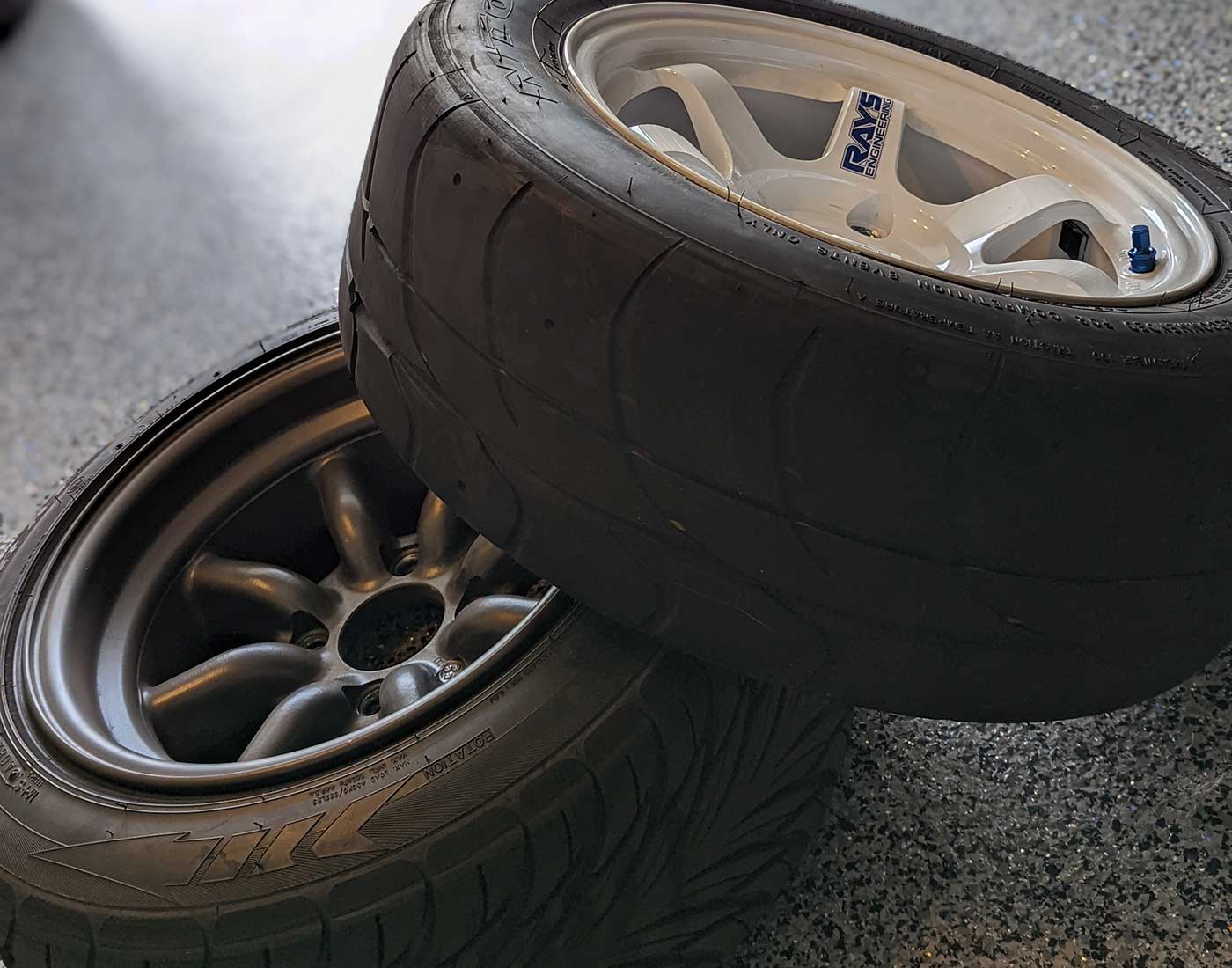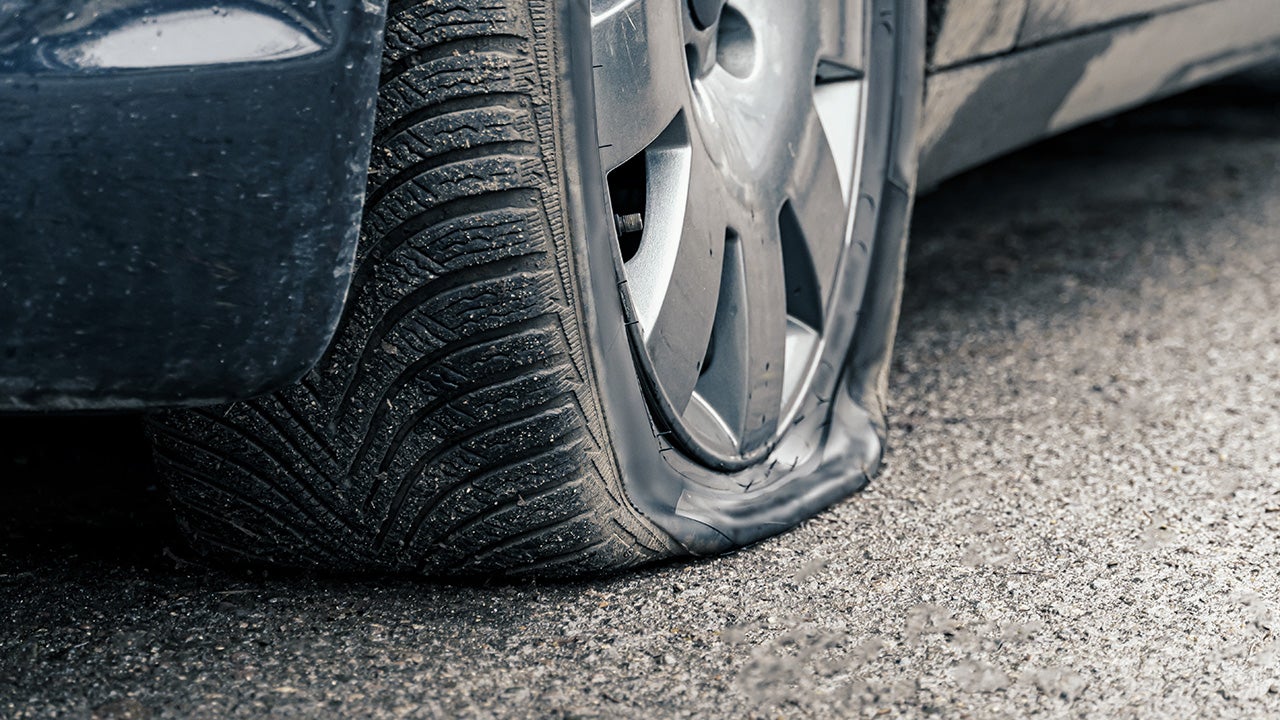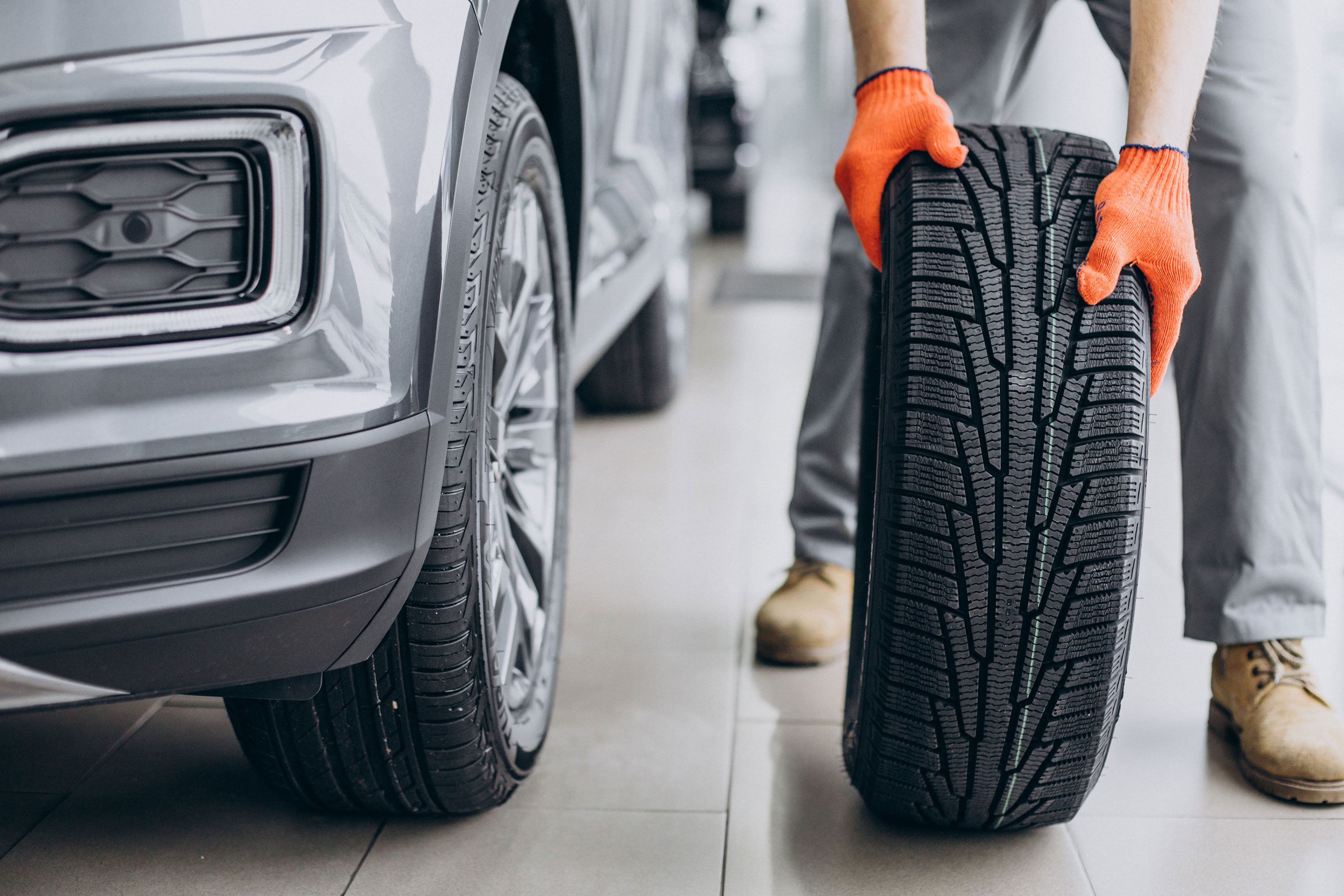All Categories
Featured
Table of Contents
The Michelin provided a comfy driving experience, qualified by receptive guiding and a progressive understeer balance. Regardless of the cooler testing problems, Michelin's regular time and hold over three laps shows its viability for real-world applications.
The tire's very first lap was a 2nd slower than the second, aiming to a temperature-related hold rise. For day-to-day use, the Michelin might be a safer wager.
Leading Tyre Rotation Near Me
It shared Michelin's secure understeer balance yet did not have the latter's desire to transform. Continental and Goodyear's efficiencies were notable, with Continental's new PremiumContact 7 showing a significant improvement in wet problems compared to its predecessor, the PC6. This design was much less conscious pack modifications and acted similar to the Michelin, albeit with slightly much less interaction at the limit.
It combined the secure understeer equilibrium of the Michelin and Continental with some stylish handling, confirming both predictable and fast. As an all-rounder for this Golf GTI, Goodyear's Uneven variety was the standout, demonstrating remarkable performance in the wet. The Bridgestone Potenza Sporting activity took the crown as the fastest tyre, albeit by a small margin.
Motorists looking for an amazing damp drive may find this tire worth taking into consideration. The standout entertainer in wet braking was the latest tire on examination, the PremiumContact 7, though the results are nuanced.
Top Premium Tyre Selection Near Me
Preferably, we desired the chilly temperature examination to be at around 5-7C, yet logistical hold-ups suggested we tested with an ordinary air temperature of 8C and water at 12C. While this was cooler than standard test conditions, it was still warmer than real-world conditions. The cozy temperature test was done at a standard of 18C air and 19C water.
The third run entailed damp braking examinations on used tyres, particularly those machined down to 2mm with a small altercation. While we meant to do more with these used tyres, weather condition restraints limited our screening. It's worth noting that wet braking is most critical at the used state, as tyres usually enhance in completely dry problems as they wear.

Bridgestone, Goodyear, and Michelin saw the least efficiency reduction when put on. The Hankook tire registered the tiniest performance decline as temperatures cooled, but it was amongst the most affected when put on.
Reliable Tyre Balancing
The take-home message below is that no single tire stood out in all facets of damp stopping, suggesting a complex interplay of elements influencing tyre efficiency under different conditions. There was a standout tire in aquaplaning, the Continental completed top in both straight and curved aquaplaning, with the Michelin and Goodyear likewise very good in much deeper water.

Yokohama can take advantage of a little more grasp, an issue potentially influenced by the cooler conditions. When it comes to handling, all tyres carried out within a 2% array on the lap, demonstrating their high-quality efficiency (Tyre repair services). However, thinking about these tyres essentially target the same consumer, it interests observe the significant differences in feeling.
The shock is because the PremiumContact 6 was just one of my favourites for flashy completely dry drives, yet its follower, the PremiumContact 7, appears extra mature and looks like Michelin's performance. Among these, Hankook was the least specific in guiding and interaction at the limitation. Long-lasting tyres. Both Michelin and Continental offered wonderful initial steering, albeit not the fastest
If I were to advise a tyre for a rapid lap to a newbie, claim my dad, it would be among these. After that we have the 'fun' tyres, particularly Yokohama and Bridgestone. Both were quick to guide and felt sportier than the others, but the trade-off is an extra lively back side, making them more tough to take care of.
Leading Tyre Packages
It gave comparable steering to Bridgestone yet used better feedback at the limitation and far better grasp. The Bridgestone Potenza Sport, however, appeared to deteriorate quite swiftly after just 3 laps on this requiring circuit. Last but not least, there's Goodyear, which positioned itself somewhere between the enjoyable tyres and those often tending towards understeer.
All in all, these tyres are superb entertainers. In terms of tyre wear, the method used in this examination is what the industry refers to as the 'gold criterion' of wear.
Both the Bridgestone and Yokohama tyres considerably underperformed in comparison to the other four tires in terms of rolling resistance, with Continental slightly surpassing the remainder. Pertaining to the convenience degree of the tires, as prepared for, most showed an inverse connection with handling. The Continental, Michelin, and Goodyear tires done finest throughout numerous surface types checked.

Bridgestone began to show indications of firmness, while Yokohama was especially disconcerting over splits. We did determine internal noise levels; nonetheless, as is often the instance, the results were closely matched, and as a result of weather restrictions, we were unable to carry out a subjective assessment of the tyres noise. Finally, we considered abrasion numbers, which measure the amount of tire walk lost per kilometre, normalised to a one-tonne lorry.
Reliable Tyre Safety Near Me ( Swan)
This figure represents the quantity of rubber dirt your tires produce while driving. Michelin led in this category, producing over 9% less rubber particulate issue.
Latest Posts
Top Tyre Fitting Near Me
Honest Tyre Checks
Affordable High-quality Tyres – Brabham WA